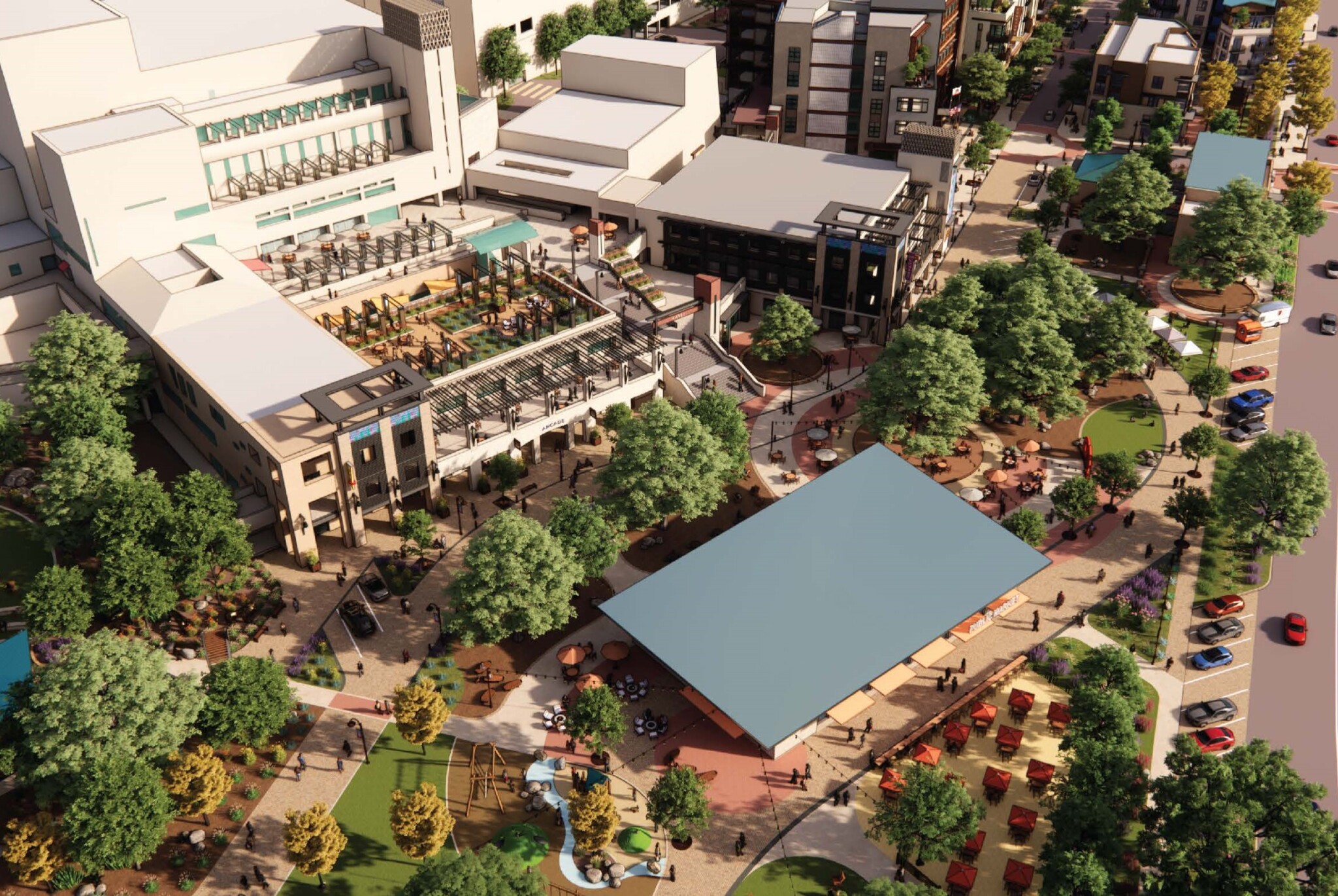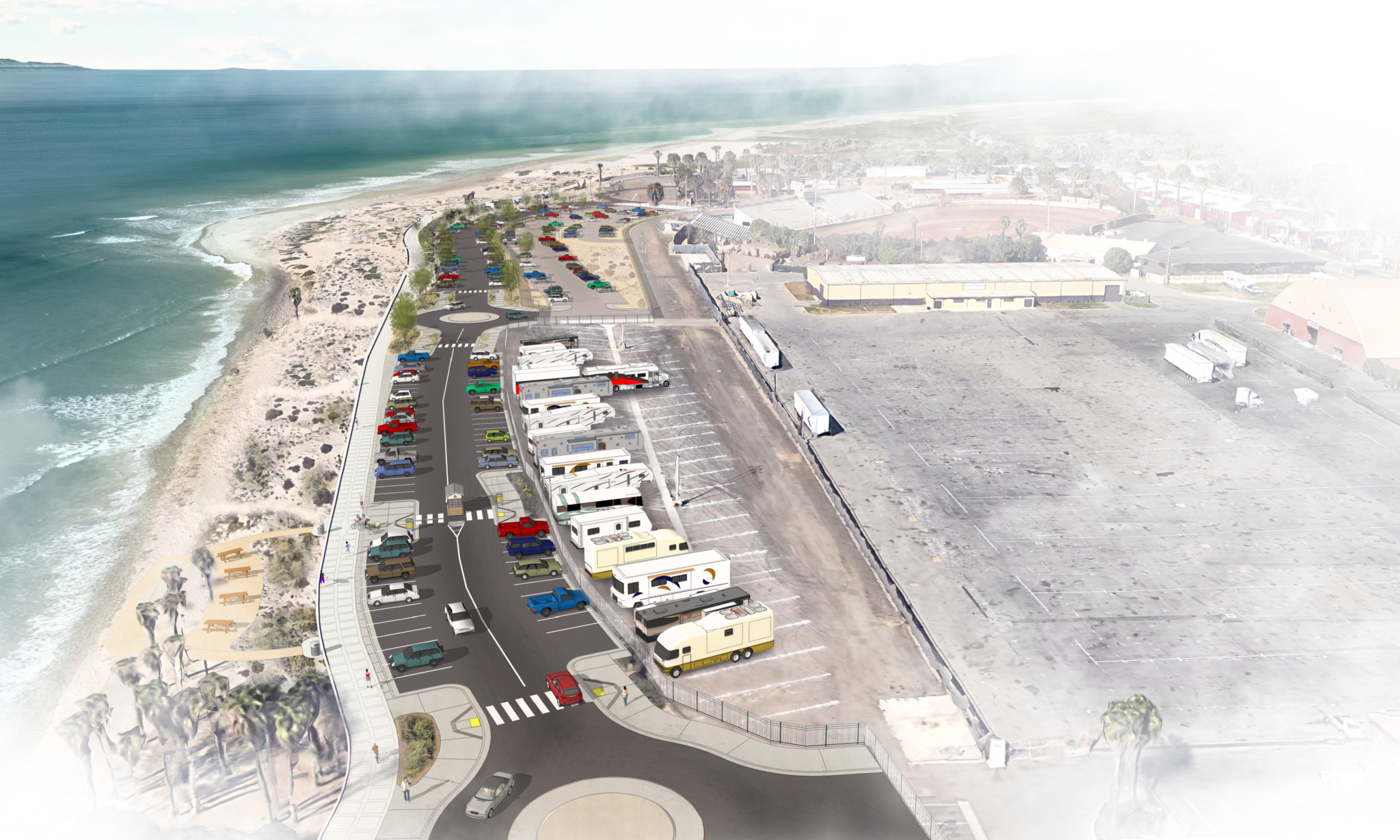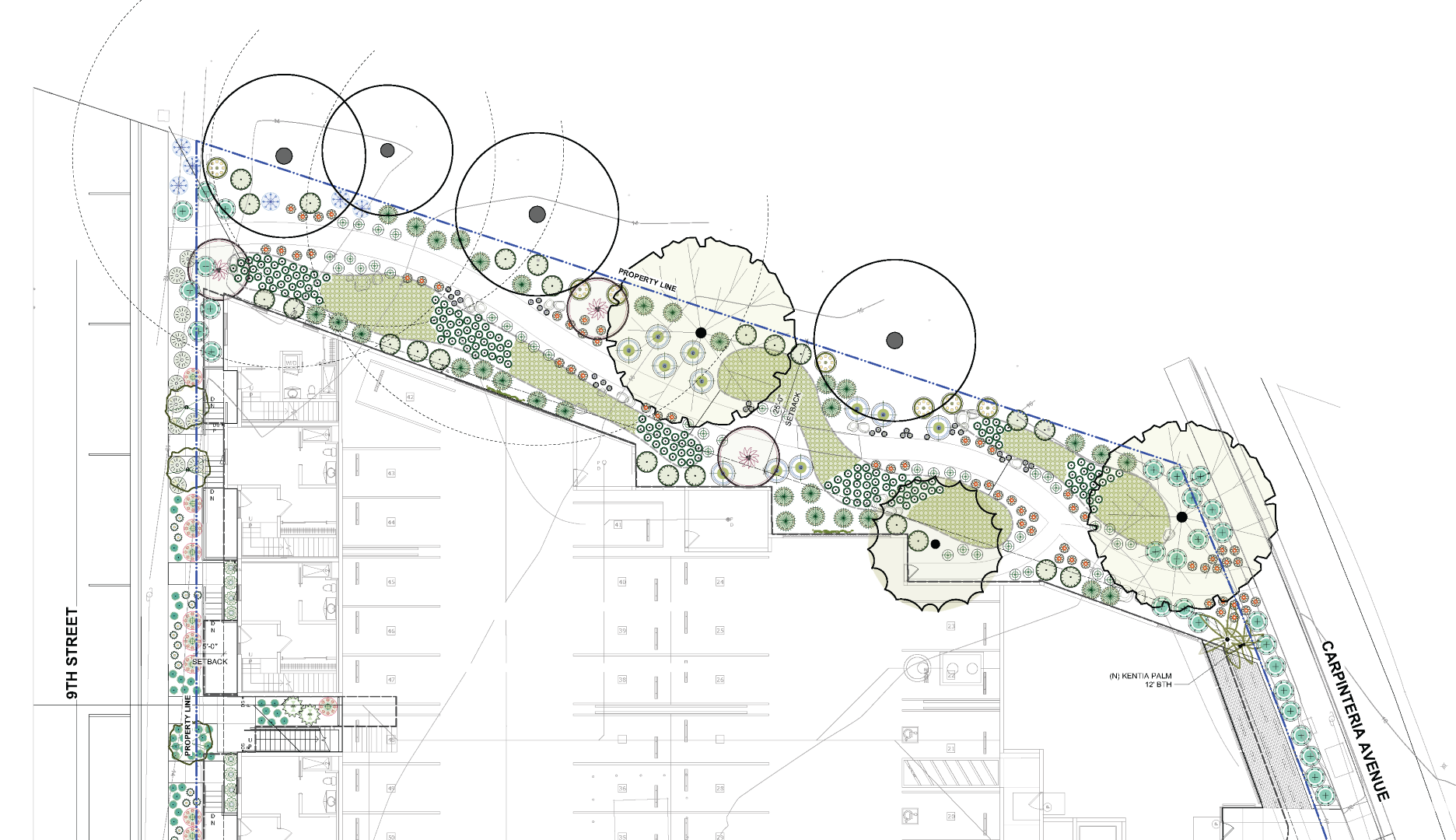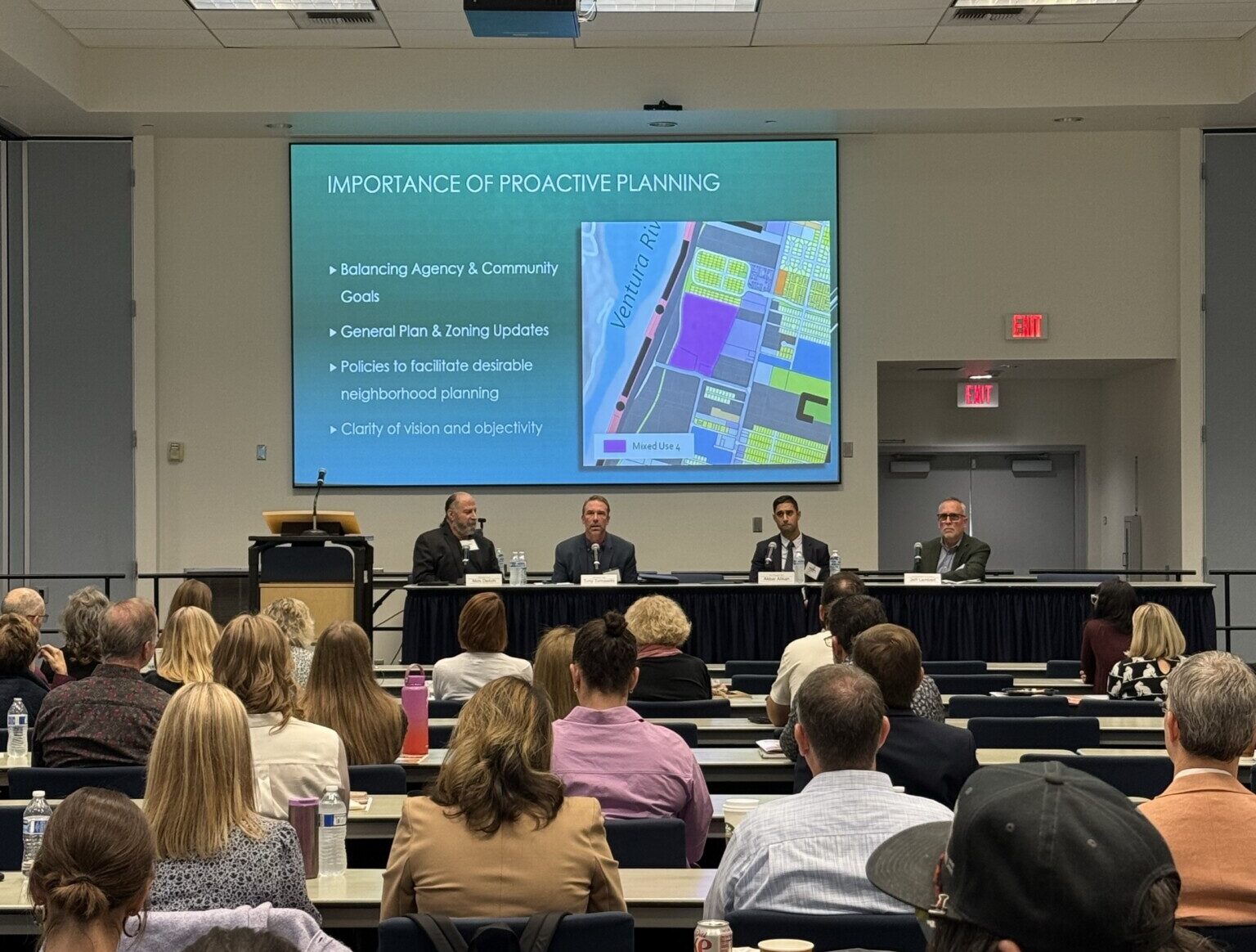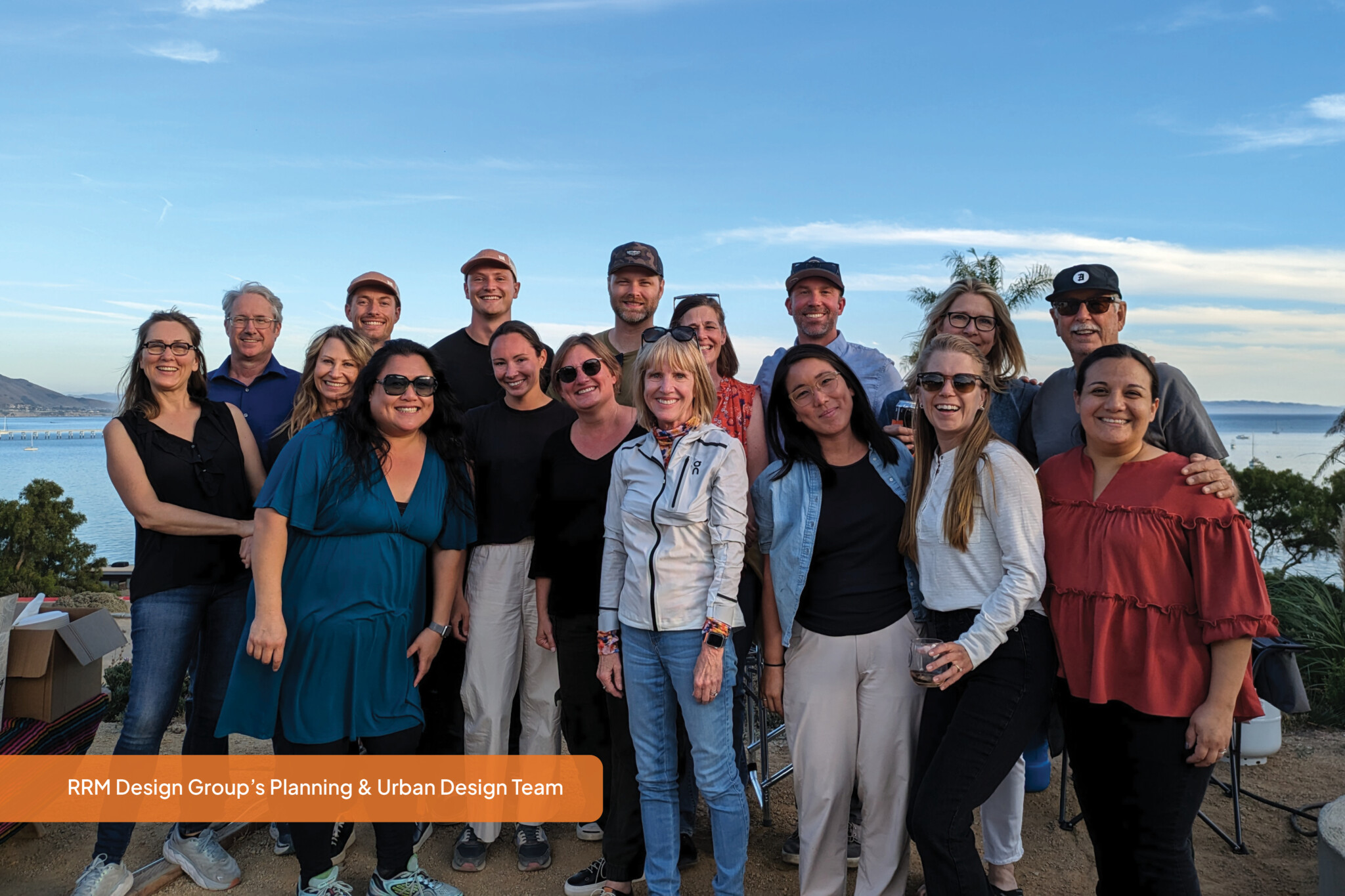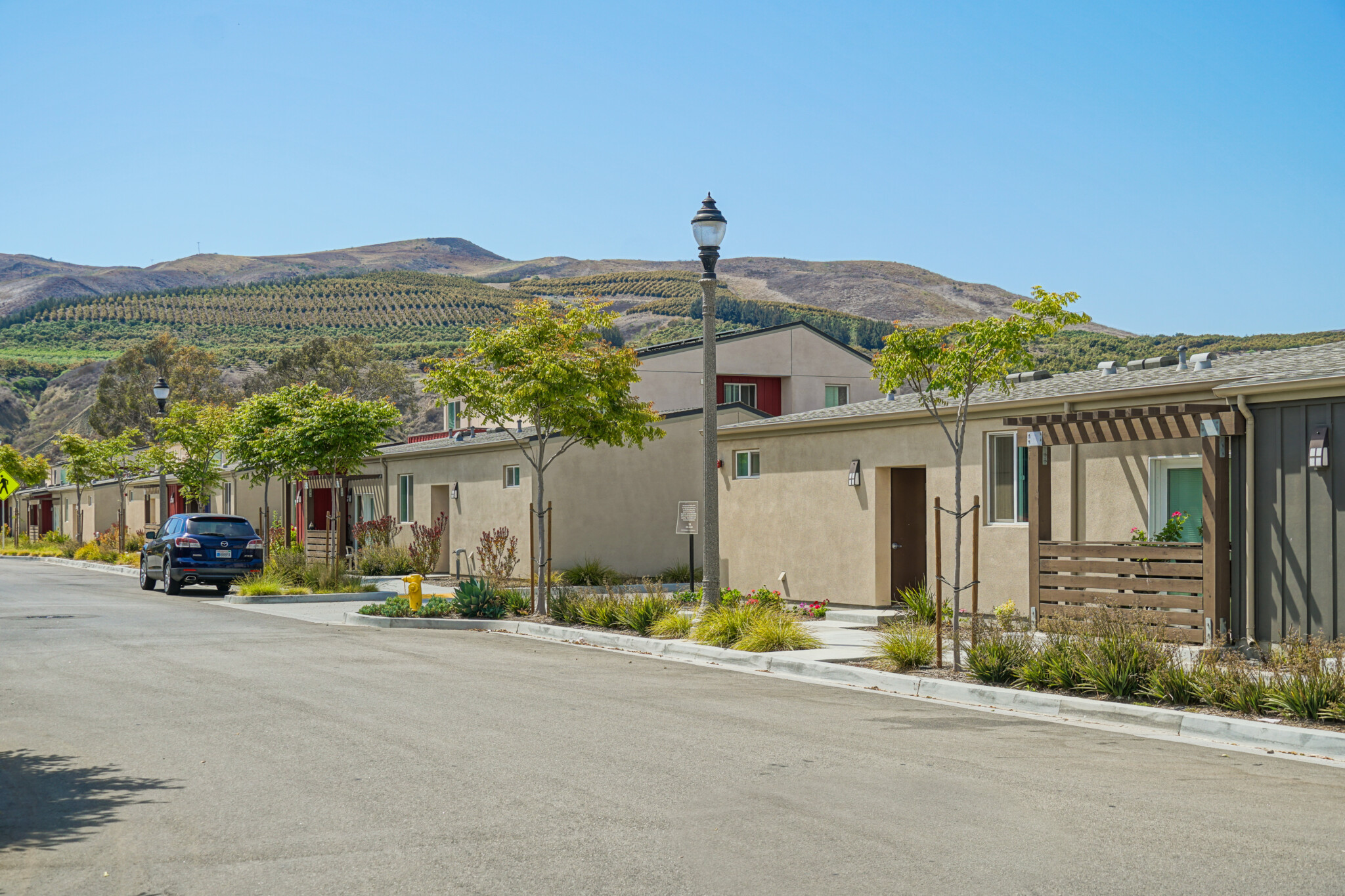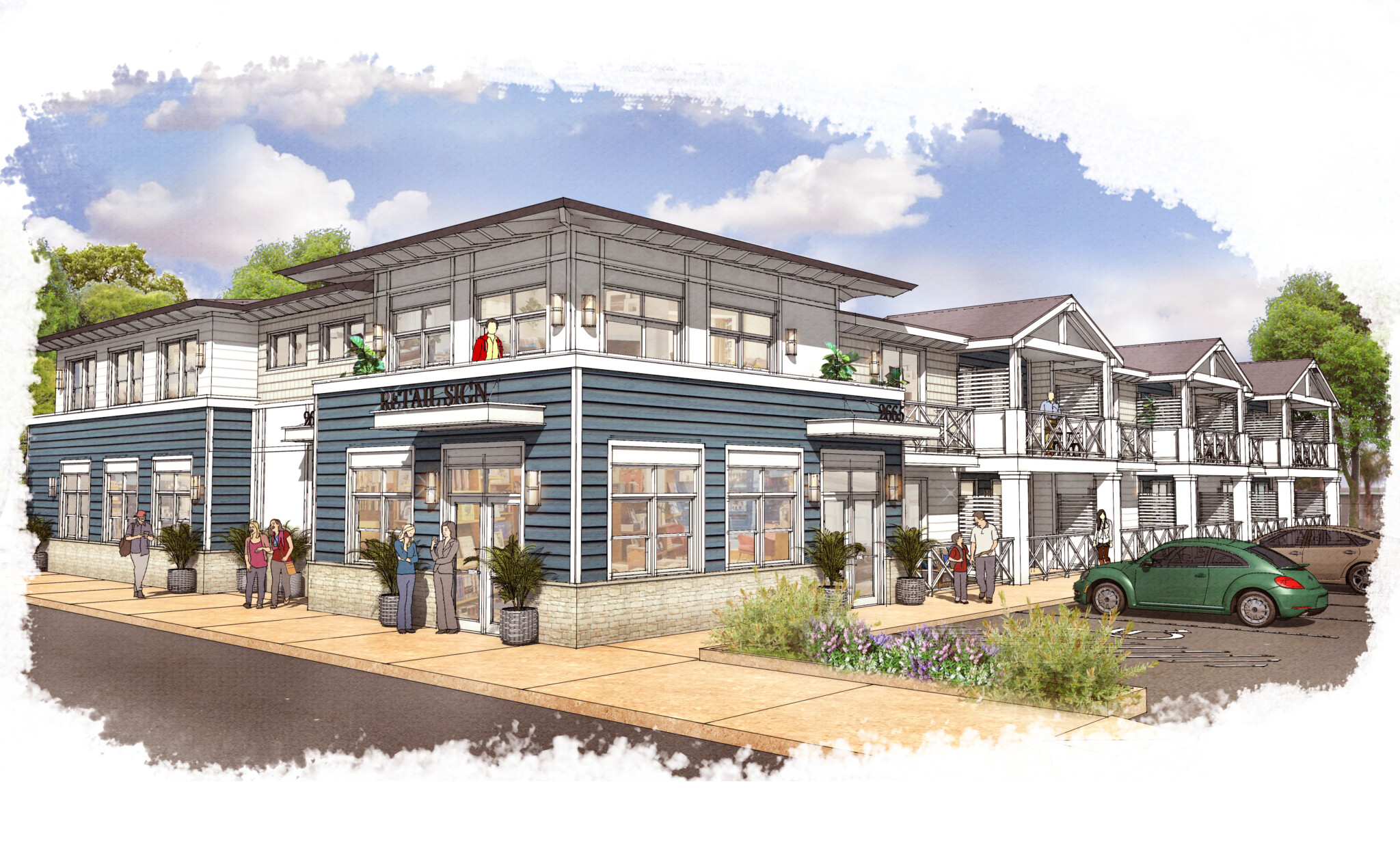By Anna Win, Leader of RRM’s Education Group
This is a question that many of our school clients have pondered when discussing new classroom needs. The quick answer? It depends.

There is no doubt that modular classrooms have evolved from the ubiquitous “portables” that still dot our public school landscape. In-plant inspections and the repetitive nature of the fabrication process have deemed permanent modular classrooms to be a reliable solution. The 3-year pre-approval process through DSA safeguards that incremental improvements are made due to code changes, technology improvements, and environmental demands. The Pre-checked status of modular classroom buildings allows for an accelerated DSA approval for new classroom projects which could save weeks, if not months, of plans sitting in an electronic Box. Modular classrooms offer the benefit of reducing the inconvenience of site construction as the body of the structure is fabricated offsite and much of the noise, dust, debris, and odors associated with cutting, drilling, sanding, and painting are done at a manufacturing plant in a controlled environment. The intrusion of construction on school operations campus is lessened. While plan review acceleration and reduced on-site construction time are very real and necessary enticements to choosing modular, an unforeseen back up at the fabrication plant may throw schedule out the window. As with any construction project, a contingency plan should be in place from the outset.
What About Cost?
Selection of the final modular classroom design is much like shopping for a new car. To stay competitive, most permanent modular buildings offer basic features with materials and equipment that may support a 20 to 25 year life cycle. While the structural frame of modular buildings are standardized, there are a number of customizations and upgrades that many manufacturers offer. And similar to cars, each bell and whistle can drive up the price tag of a modular building rendering them no less costly, and sometimes, costlier than a site-built classroom. When making a decision whether to use modular or not, we advise our clients to also consider the less obvious costs that may transfer to another entity. Often, modular classrooms are part of a larger construction project and a separate general contractor may be responsible for providing a graded pad and site utilities to the building. Unless it is a turnkey project for the modular company; oftentimes, foundation and slab may be separately contracted in addition to finishing work such as fire alarm, and low voltage communications. Costs of hauling trash, debris and spoils off the modular site can be missed due to exclusions by the modular company or oversight in the general construction contract. Initial building costs alone should not be the driver of a decision to use modular construction as there are many variables to consider.
The Long Haul
Site-built construction can also be subject to the quality of specified materials, equipment and workmanship. However, there is no question that site-built classrooms have withstood the test of time many times over as there are 60-, 70-, even +80-year-old structures still serving as functional classrooms. Regular preventative maintenance and modernizations keep classroom buildings useful when the structure itself is stable. Site-built classrooms can be thoughtfully designed in a modular or panelized fashion to create regularity and minimize construction waste. Paneled sections can be fabricated off-site or on the ground for greater efficiency in labor as well as cost. Selection of quality construction products and materials can reduce operation and maintenance costs over the life of the building for reduced life cycle cost. There is also greater flexibility to reconfigure and make alterations to a site-built structure, adding to the longevity of a building’s useful life. Not least of all, when considering public funds used in school construction, there is a real and perceived benefit of keeping jobs and tax dollars flowing in the local contracting community to spur support for school bond measures.
Final Answer
There are a lot of variables to consider when deciding to choose site-built or modular construction: schedule, cost, school operations, site access, availability of labor, lead times for materials and equipment, future flexibility, and longevity as well as the needs of your school community. A collaborative design partner who can provide options and creative solutions is a great start.

